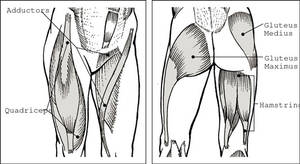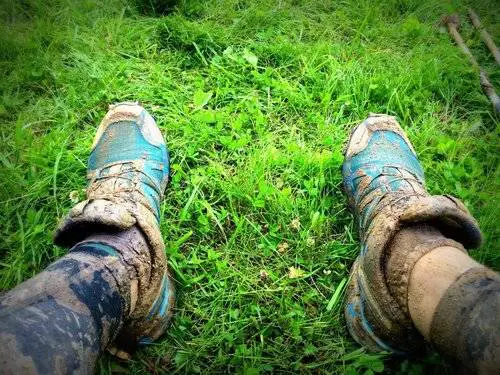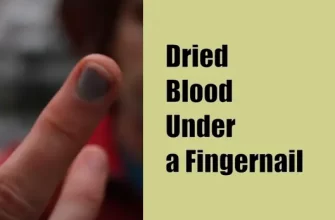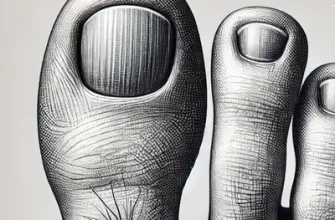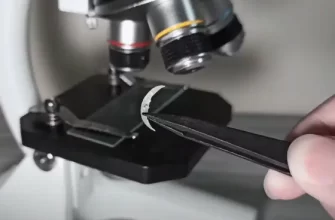Losing a toenail is more common than many might think, and while it can be alarming, it is often a manageable condition. Whether due to injury, fungal infection, or other health conditions, understanding the causes, the treatment process, and preventive measures can help ease any concerns. This article will explore the different reasons for losing a toenail, highlight some practical medical scenarios, and offer helpful advice on caring for a damaged toenail.
Common Causes of Toenail Loss
Trauma or Injury: The Leading Cause
Trauma or injury is the leading cause of toenail loss, accounting for approximately 45% of cases. This can happen due to dropping a heavy object on the foot, stubbing the toe, or repetitive injuries from sports like running or soccer. Repeated trauma, even if minor, can damage the nail bed and lead to the toenail detaching from the underlying tissue.
A practical example is a long-distance runner who frequently experiences black toenails due to repetitive pressure and microtrauma. Over time, the toenail may lift and eventually fall off, particularly if the nail bed cannot properly support the nail anymore.
Fungal Infections: A Common Culprit
Fungal infections are responsible for about 30% of toenail loss cases. Toenail fungus, also known as onychomycosis, can cause the nail to become thick, discolored, and brittle, eventually leading to it detaching from the nail bed. Fungal infections are more common in individuals who frequent communal areas like gyms or swimming pools, where fungi thrive.
The cost of treating toenail fungus with over-the-counter antifungal creams ranges from $10 to $20 per treatment, while prescription medications can cost anywhere from $50 to $150. Laser treatments, which are becoming more popular, can cost $500 to $1,000 per session, and multiple sessions may be needed.
Psoriasis and Other Medical Issues
Psoriasis, a skin condition that can also affect the nails, contributes to around 10% of toenail loss cases. Psoriatic nails often become pitted, thickened, and fragile, making them more susceptible to falling off. Other medical issues, such as peripheral artery disease, diabetes, or severe allergic reactions, account for the remaining 15% of cases.
What to Do If You Lose a Toenail
If a toenail falls off, it is essential to care for the exposed nail bed to prevent infection and promote healthy regrowth. Below is a guide on what steps to take:
| Step | Description |
|---|---|
| Clean the Area | Gently clean with warm water and soap |
| Apply Antibiotic Ointment | Use an over-the-counter antibiotic ointment to prevent infection |
| Bandage the Toe | Protect the area with a sterile bandage |
| Pain Management | Use over-the-counter pain relievers as needed |
Regrowth Timeline
Toenails grow back, but the process is lengthy. On average, a toenail takes 6 to 18 months to fully regrow, depending on factors like age, overall health, and the severity of the injury or condition. The new nail may look different from the original, particularly if the nail bed was damaged.
When to See a Doctor
It’s crucial to seek medical attention if there are signs of infection, such as redness, warmth, pus, or increasing pain. Additionally, if the toenail loss is due to an underlying medical condition like diabetes or poor circulation, professional care is needed to avoid complications.
| Situation | Recommendation |
|---|---|
| Signs of Infection | See a doctor immediately |
| Pain Doesn’t Subside | Consult with a healthcare provider |
| Recurrent Toenail Loss | Seek evaluation for potential underlying conditions |
Popular Home Remedies: Do They Work?
Many people turn to home remedies to promote nail regrowth or alleviate discomfort. While some natural treatments, such as soaking the foot in warm saltwater or applying tea tree oil, may help maintain cleanliness and reduce inflammation, there is limited evidence to support their effectiveness in accelerating toenail regrowth.
It is essential to remember that while home remedies can provide temporary relief, they are not a substitute for proper medical care, especially when there is an underlying condition that requires treatment.
Advice from Our Editorial Team
Losing a toenail is rarely a pleasant experience, but understanding the cause and how to care for the affected area can make a big difference in recovery. If your toenail falls off, keep the area clean, use a protective bandage, and monitor for signs of infection. While home remedies might offer some relief, always consult a healthcare professional for guidance, especially if toenail loss becomes a recurring issue. Toenails grow back, but patience and proper care are key to ensuring healthy regrowth.





